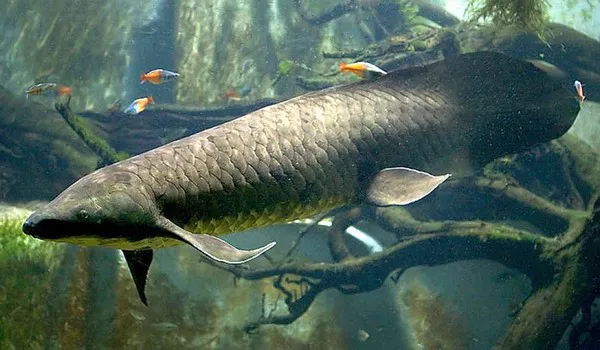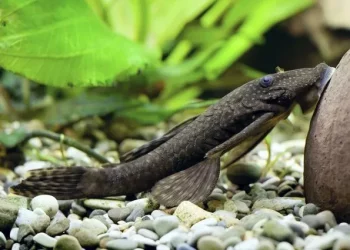Australian lungfish, also known as Queensland lungfish, are one of the oldest living species on earth, with a history that dates back over 100 million years. These fascinating creatures are found only in a few rivers and lakes in eastern Australia, and they are highly valued for their unique appearance and behavior. But can you keep Australian lungfish as pets? Today, we will explore the answer to that question.
The short answer is yes; it is possible to keep Australian lungfish as pets. However, there are several factors to consider before deciding to do so. First and foremost, lungfish are not exactly low-maintenance pets. They require large aquariums with plenty of space to swim around. An adult lungfish can grow up to a meter long, and it needs at least a 200-gallon tank to thrive. Moreover, these fish are sensitive to water quality, and their tanks must be kept clean and well-maintained. Therefore, keeping an Australian lungfish requires a significant investment in time, effort, and money.
Another factor to consider is the legality of owning an Australian lungfish. In some states of Australia, it is illegal to keep these fish without a permit or license. Additionally, lungfish are considered a vulnerable species, and their populations are declining due to habitat loss and other environmental factors. Therefore, if you decide to keep an Australian lungfish, it is essential to make sure that it was obtained legally and ethically.
Assuming you have done your research and are prepared to meet the requirements of keeping an Australian lungfish, let’s delve into some of the most important aspects of their care.
Aquarium Setup
As mentioned earlier, Australian lungfish require large aquariums with plenty of swimming space. A 200-gallon tank should be the minimum size for an adult lungfish. The tank should also include a substrate of sand or fine gravel, which mimics the lungfish’s natural environment. The water should be kept at a temperature of around 22-26°C (72-79°F) and pH levels between 6.5 and 8.0. It is also crucial to maintain good water quality by performing regular water changes and using a high-quality filtration system.
Feeding
Australian lungfish are omnivores, which means they eat both plants and animals. In the wild, they feed on aquatic plants, insects, crustaceans, and small fish. In captivity, a well-balanced diet can be provided by offering a mix of commercial pellets, frozen or live foods such as bloodworms, brine shrimp, and earthworms. Lungfish are also known for their ability to breathe air, and they will often come to the surface to gulp air. Therefore, it is recommended to leave some space between the water level and the tank cover to allow them to breathe naturally.
Behavior and Socialization
Australian lungfish are solitary creatures, and they prefer to live alone in their own territory. However, they are not aggressive towards other fish and can coexist peacefully with other non-aggressive species. It is important to note that lungfish are nocturnal, and they may appear lethargic during the day. This is normal behavior, and they will become more active and alert at night.
Breeding
Breeding Australian lungfish in captivity is challenging, and it requires a significant investment in time and resources. First and foremost, it is essential to obtain a breeding pair of lungfish, which can be difficult and expensive. Additionally, the water conditions and temperature must be just right, and the tank must provide enough space and privacy for the breeding pair. Once the eggs are laid, they should be removed from the tank and placed in a separate container with similar water conditions. The eggs will hatch after about six weeks, and the fry will require specialized care and feeding for several months.
In conclusion, keeping an Australian lungfish as a pet is a unique and rewarding experience. However, it requires a significant investment in time, effort, and money. It is essential to make sure that you are prepared to meet their needs before deciding to keep one. With proper care and attention, an Australian lungfish can live up to 25 years or more, making it a long-term commitment. As always, it is recommended to consult with an experienced aquarium hobbyist or veterinarian before embarking on this journey.
Recommended reading:


























